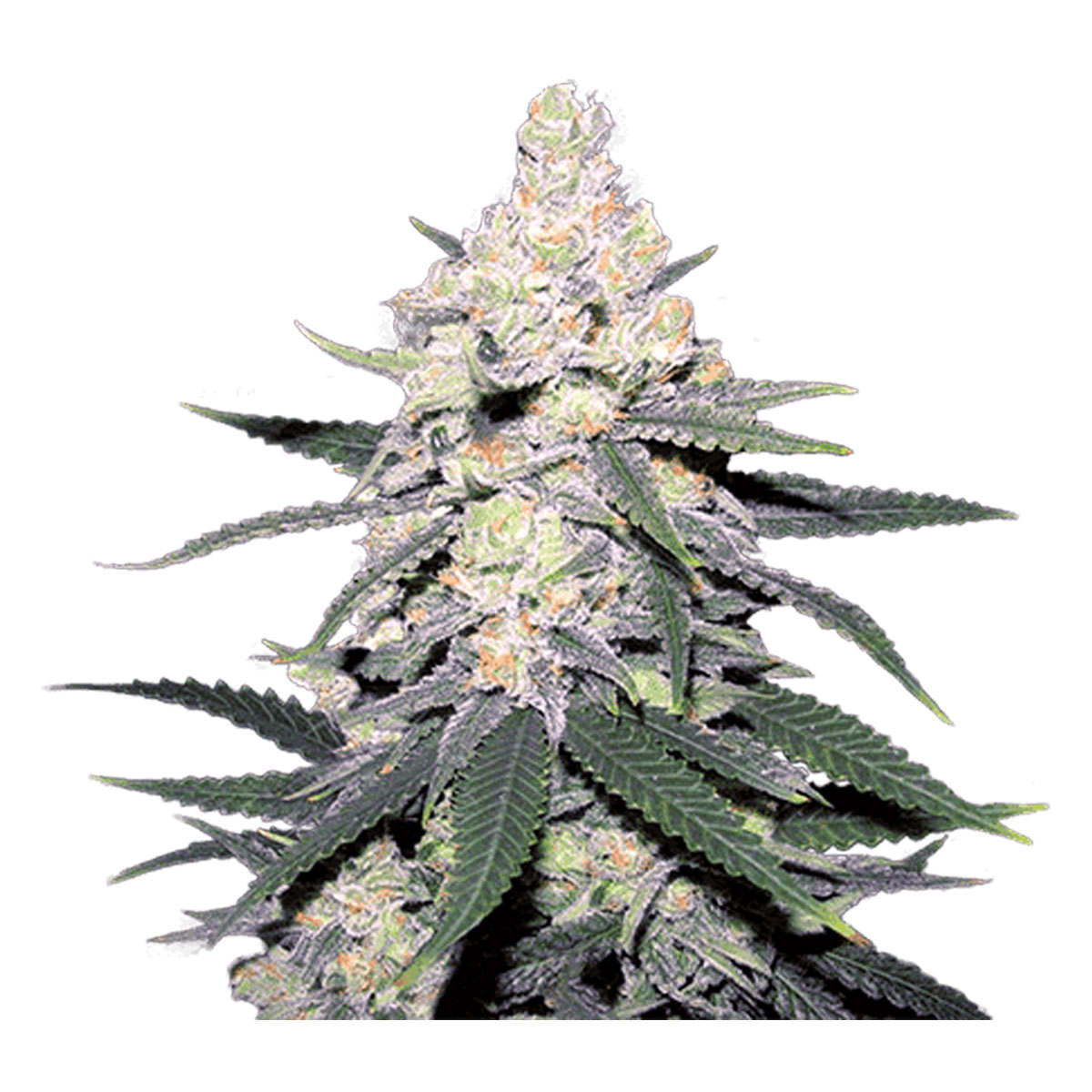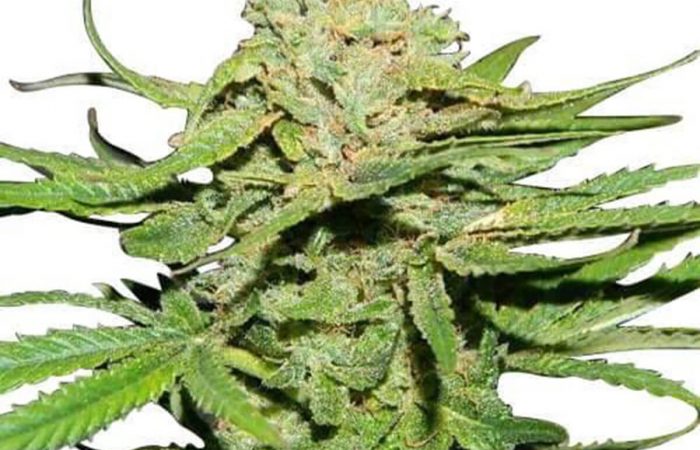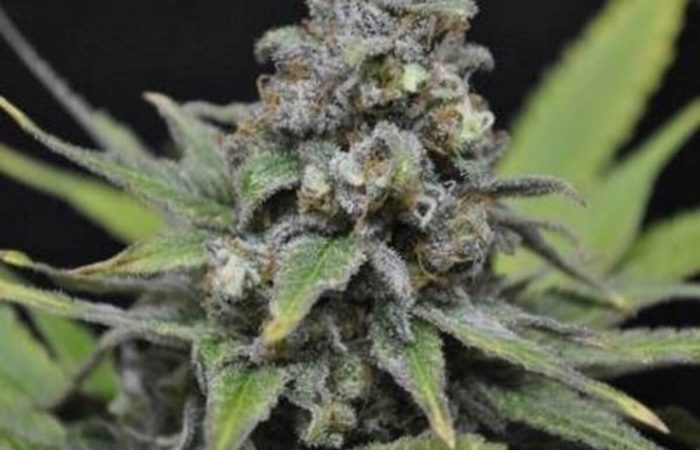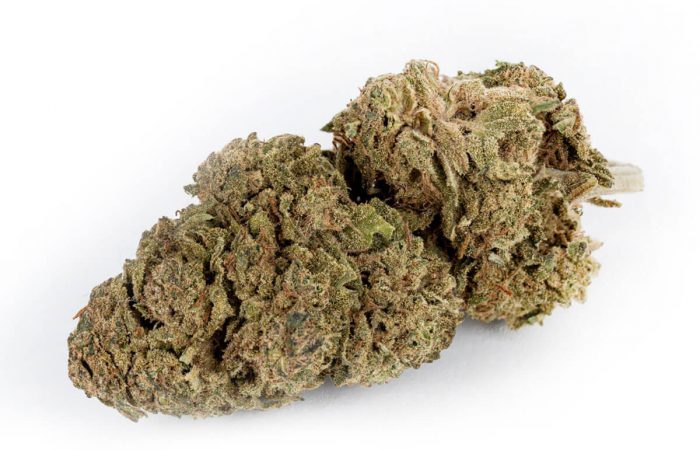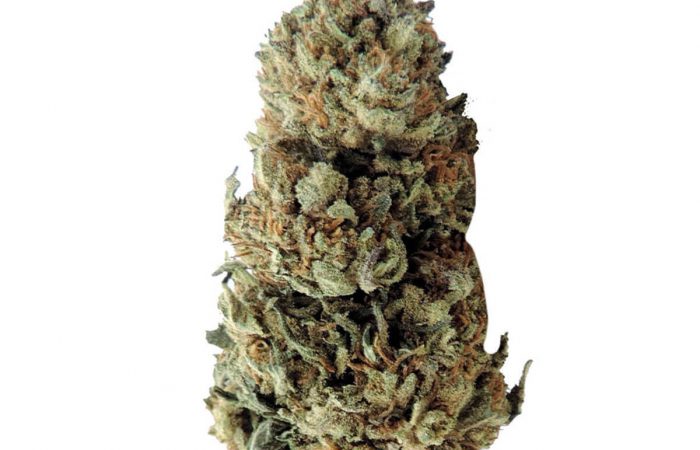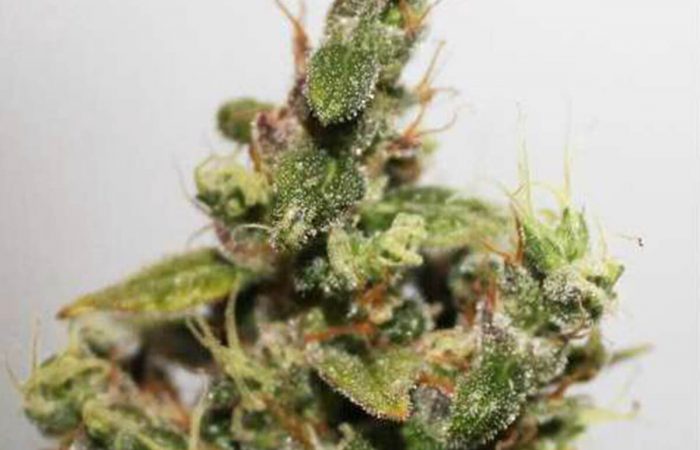What are feminized seeds, and what to expect when you grow them?
At the moment, CB Dutch Treat can only be grown from feminized seeds, which are all the rage when it comes to cannabis cultivation. That’s because these special seeds have been bred to produce only female plants, which are the ones that produce buds (the flowers that contain THC, CBD, and other compounds). This is a significant advantage for growers who want to maximize their yield, as they can be sure that every plant they cultivate will be a bud-producing machine. However, feminized seeds also have some drawbacks. First of all, they can be more expensive than regular seeds. Additionally, some growers prefer to grow from regular seeds to get a mix of male and female plants; males don’t produce buds, but they can be used to pollinate female plants, which is necessary if you want to produce your own seeds. So there are pros and cons to growing with feminized seeds. Ultimately, it’s up to the individual grower to decide what type of seed is best for their operation.
How to grow CB Dutch Treat feminized seeds?
CB Dutch Treat grows up to 120 cm (4 feet) or taller. If you don’t mind bringing home a cannabis plant that grows quite tall,you’ll find that the strain is straightforward to cultivate.
Growers who may not have enough vertical space for this lady can employ some easy ways to manage its growth.
The most popular training method for limiting a plant’s final height while boosting its yield is the Screen of Green or ScrOG. It necessitates raising the lower branches and lowering the upper branches, then stretching them across a uniformly dispersed plane. This is achieved by suspending a screen 20 to 40 centimeters above the growing medium and weaving the branches through the mesh as the plants mature. By diverting individual branches and running them along the length of the screen, growers establish a horizontally flat canopy in which all branches receive an equal quantity of light.
Another technique that could help keep CB Dutch Treat within a moderate height and achieve bigger yields is low-stress training (LST). It is the cannabis equivalent of bonsai, requiring gently bending and tying plant stems to alter its form radically. This is done to develop more bud sites, balance out the canopy, and maximize light exposure.
Many growers also install stakes or trellises as support to prevent branches from snapping from the heavy weight of its colas. Given that the crops are for medicinal consumption, the use of nutrient-loaded, organic soil is urged. It enhances the terpene profile, which amplifies the health benefits of cannabinoids by working synergistically together.
CB Dutch Treat can thrive anywhere with favorable conditions. Still, we recommend growing the cannabis plant in a climate-controlled environment to reach its full potential and produce higher CBD and terpene concentrations. In a well-regulated indoor grow operation, every planted square meter can share up to 500 grams of fresh medicinal buds after 9 to 10 weeks of flowering.
Outdoors, you can also achieve 500 grams for every CB Dutch Treat plant if you raise it somewhere with a Mediterranean climate. It should be placed in a spot that receives plenty of sunlight and must be provided some form of barrier from strong winds. You must also protect it from heavy rain by having a canopy ready or moving it under a shelter, especially during the flowering period. The crops should be ripe for harvesting in the northern hemisphere by late October.
